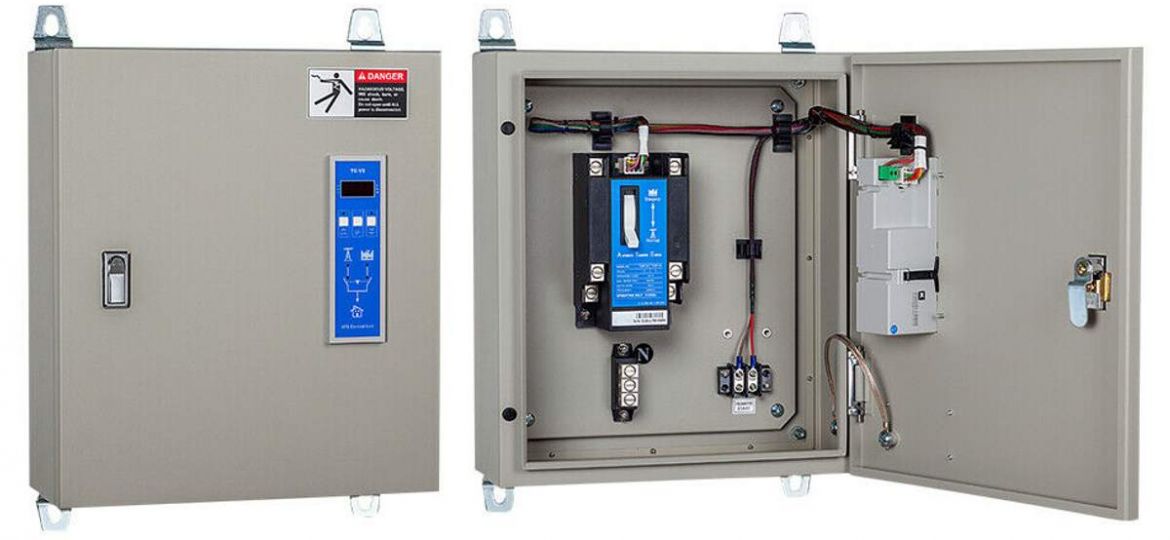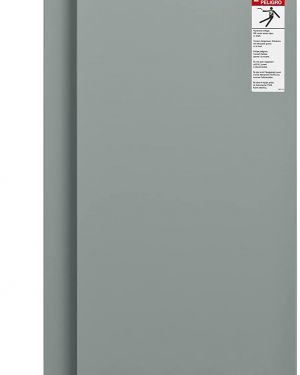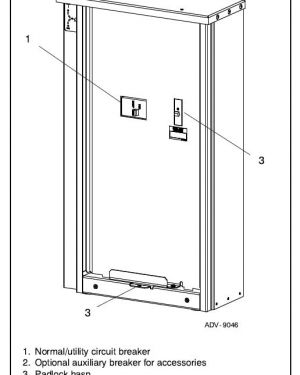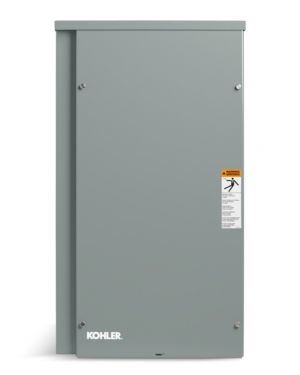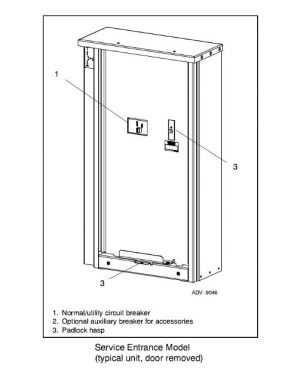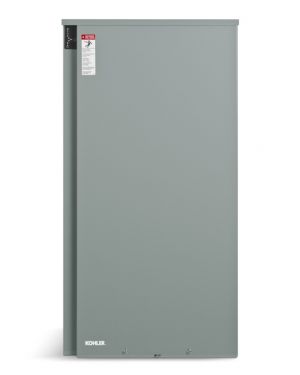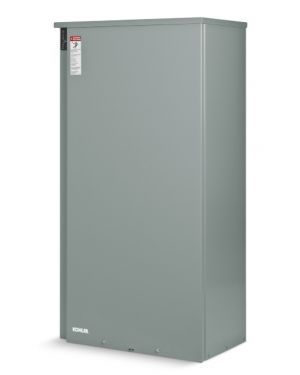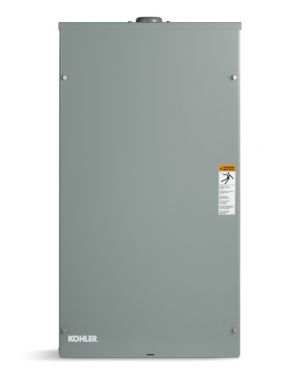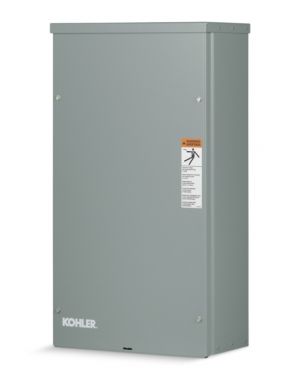In previous articles we have discussed issues related to generators for home, business, marine, camping and industrial use. However, there are complementary products to the generator that are necessary to install so all works properly.
One of the most important accessories for the correct installation and use of a generator is a transfer switch. This small piece of complementary equipment makes the use of backup power fluid and above all safe.
In the following article we will in detail explain everything related to transfer switches for you to have a guide when planning the purchase, installation and use of your generator.
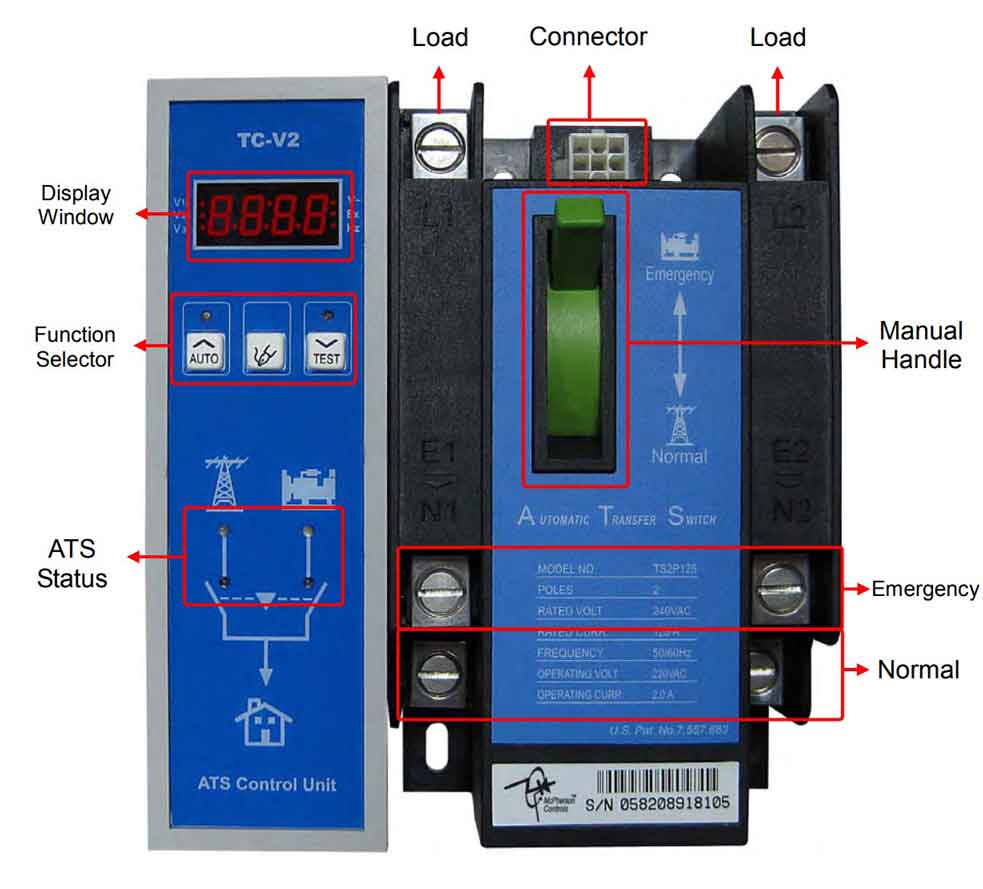
A general definition of a transfer switch is the following: it is a device that allows for safe connection or disconnection of different sources of electrical energy to an electrical load.
To be more explicit and didactic we will add to the previous definition with the following explanation: A transfer switch is a permanently installed switch, that connects to your main input power box (of your home, business, boat, industrial use) and switches the input of energy between two available sources, while avoiding any manual and improvised connections.
The transfer switch is connected to primary and backup power sources and serves as an intermediary between the power sources and your installations acting as an electrical relay.
Speaking of safety, transfer switches are devices that allow for SAFE connection or disconnection of different electrical power sources to an electrical load. In any electrical backup installation, it is important to adequately isolate the electricity generation sources. Especially if they are not in use and further guarantee, that the transitions from one supply to another is carried out in a safe and controlled manner. (For example from the public power grid to a backup generator and vice versa).
It is important not to confuse electrical overload circuits with circuit breakers. The former protect electrical circuits from overload by opening to interrupt the flow of power when overcurrents occur. The latter connect a load between multiple power sources, even when overcurrents occur up to the device’s maximum ratings. In a well designed installation you will need both devices.
How does a transfer switch work?
The transfer switch has a main circuit breaker that has the function of switching between the connected power sources, for example, between main power to a standby generator (which is the most common use). No load can be connected to both the backup generator and utility power at the same time. The main switch transfers power from one source to the other. This prevents potential issues for you, your neighbours and your infrastructure from occurring, meaning that the power from the generator flows back through the utility lines and power from the utility flows back into the generator.
The transfer switch may also contain multiple circuits. You can assign loads to different circuits to power different electrical loads depending on your design. Depending on the size of your generator, which may not be big enough to power everything you have on each circuit at the same time. In these situations, the use of a transfer switch will make it easier to switch between different loads. For example, to use “Appliance A” during a power outage, you can simply turn off the circuit that powers “Appliance B” and then turn on the circuit that powers “Appliance A.” When you are done using “Appliance A”, you would do the opposite. In the event of a power outage, a transfer switch makes it easy to manage your energy use and helps you maximize the effectiveness of your generator.
What kind of Generators Need A Transfer Switch?
It is commonly understood that a transfer switch is not particularly necessary for the installation of a generator. A professional response to this statement is that in practical terms it is key to prevent damaging impacts on the use of a backup generator. We need to avoid creating risky situations for us, our neighbours and our infrastructure. We must further make sure we have access to reliable emergency power in the shortest possible time. Technically, yes you can connect a generator without a transfer switch, but practically it makes little sense and can cause you problems that can be easily avoided.
All standby generators for home, business, and industrial use need one. Since they are always prepared for the power to go out, it is important to have this extra equipment to keep the power flowing without downtime and damaging impacts.
However, one exception that is worth noting is portable generators, which do not strictly need a transfer switch, even though it is recommendable. The biggest benefit of having a transfer switch using a portable generator is that you will have the ability to power things through your circuit breaker panel instead of having to use extension cords and makeshift connections, with all the potential dangers this presents.
Transfer Switch Options
There are two different types of transfer switches: manual and automatic.
A manual transfer switch requires a human to move a switching lever between the two sources, hence the name.
An automatic transfer switch (ATS) routes power from the primary source to the backup source when required. It has the technological mechanisms to detect the current failure in the main source and switch to the alternative current source when needed. For most businesses, an automatic transition to backup power during a power outage is the best option. For industrial use it is critical.
Thank you!
We will contact you soon.
configurations when you use a transfer switch
Installing A Transfer Switch
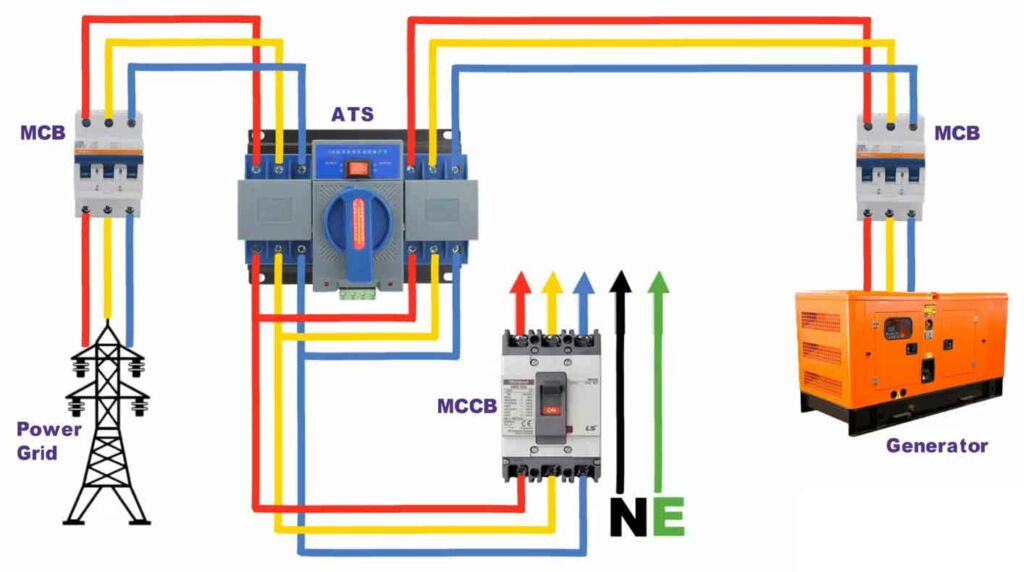
There is a variety of standard designs for connection of transfer switches, which define two-supply and three-supply configurations.
Two power sources
2 sources: Public power grid – backup generator
The standard configuration of the transfer switch includes an electric power service and a generator. The single generator shown in the graph can be replaced by multiple generators running in parallel.

2 sources: Public power grid 1 – Public power grid 2
This use case employs two utility sources that provide redundancy in the distribution system and allow rapid restoration of service to the load if an upstream equipment failure occurs. The two sources may be independent of each other, requiring the utility to provide dual electrical services, or they may originate from a single electrical service that is distributed through redundant paths within the facility.

2 sources: backup generator 1 – backup generator 2
Transfer switches are sometimes applied between two generator sets for main power use, often in remote installations. In such cases, the generator may be required to provide continuous power 24 hours a day, 7 days a week. To share the runtime equally, the power supply alternates periodically between the gensets.

3 sources: Public power grid – Generator 1 – Generator 2
Critical installations with an emergency backup generator system will often include provisions for a second generator connection to serve as a redundant emergency backup that can be used during periods of inclement weather or when scheduled maintenance is performed on the first generator.
In some cases, the first generator is installed permanently on site, while the second generator will be temporary, deployed as needed.


3 sources: Public power grid 1 – Public power grid 2 – Generator
This configuration extends the redundancy provided by a dual utility arrangement and includes an emergency standby generator source. As shown, the generator can be dedicated for use by a single transfer switch or shared among multiple transfer switches employing a priority control scheme.


Risks when Not Using A Transfer Switch
Always remember that for the use of power generators of any size you must first be familiar with the product’s user manual and work together with a trained advisor who will instruct you on the correct use of the generator.
There are delicate risks involved when not using a transfer switch, which go beyond following the recommendations of a specialist. In some cases, not having a transfer switch can endanger the safety of your family, your neighbors, and the technical employees of the public power grid.
The main problem is the so called “power grid feedback”. This means that when you are using your emergency generator without a proper transfer switch and utility power is restored, then there are two currents feeding the load simultaneously. This simultaneity of power can cause problems on the line, which is extremely serious. As mentioned before, it can put people at risk and cause fires. And that is why having a transfer switch is so important.
Now, we have to clarify that if you are using a portable generator and you only connect a few lamps or other items directly to the generator (bypassing the main power board), this is not considered a problem.
And finally, at Brags & Hayes we work to guarantee you the best prices on the market, the best pre-sales and the best after-sales service so your investment in energy is operational over time. Remember, it’s not simply buying a generator and extra components. What truly matters is that you buy what suits your present and future needs.
If you need to buy a quality transfer switch, at the best market price and with the best technical support, here is a list of transfer switch you can buy in our web store!
SKU: RXT-JFNC-0100A-QS7
SKU: RDT-CFNC-0200A-QS7


